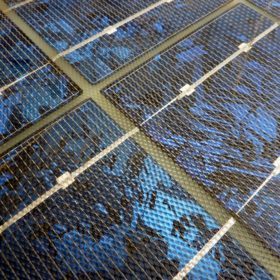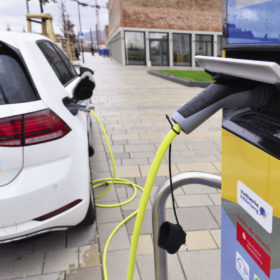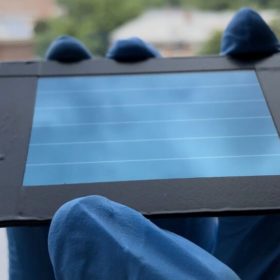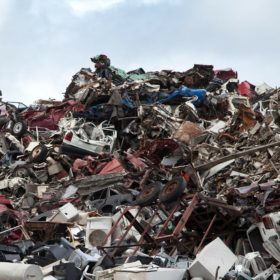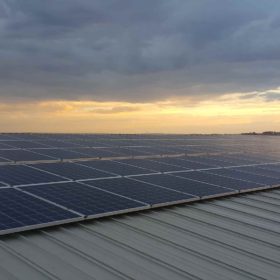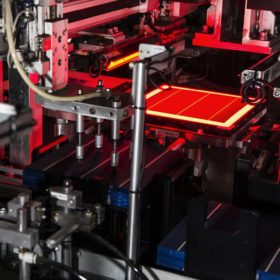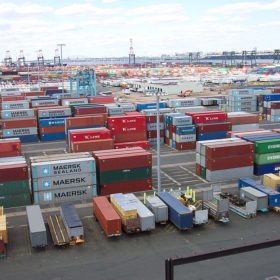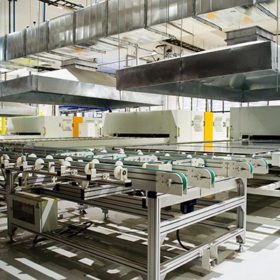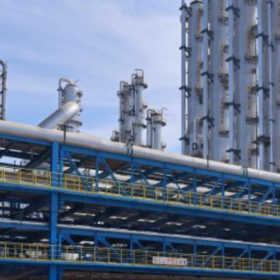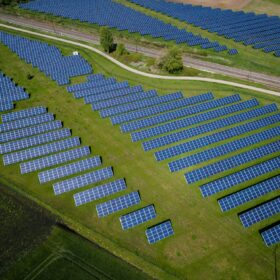REIL seeks 600,000 multi-crystalline silicon solar cells
August 21 is the deadline to submit bids for supply of 4.50W (4-/5-busbar), 4.60W (5-busbar) and 4.67W (5-busbar) multi-crystalline solar cells. Only Indian manufacturers are eligible to participate.
Government priority is to make Li-ion batteries in India: Transport minister
The government is acquiring lithium mines abroad to ensure raw material availability for electric vehicle battery production. Among other technology alternatives for EVs, it is looking at developing indigenous hydrogen fuel cells with hydrogen derived from biomass.
‘Spontaneous de-doping’ for 17.8%-efficient perovskite mini-module
U.S. scientists have found a new ‘de-doping’ process in perovskite solar cells that could cut production costs and produce better devices. They have used this to fabricate a mini-module with 17.8% efficiency.
IIT researchers consider fate of end-of-life solar modules
Scientists at the Indian Institute of Technology in New Delhi have taken a close look at the potential impact of growing volumes of PV waste and conducted surveys which suggest a lot more work is needed from manufacturers and policymakers to develop management systems for end-of-life PV products.
Strategies to prevent overvoltage-induced inverter disconnections
Australian scientists have identified seven methods to prevent PV losses when overvoltage-induced inverter disconnections occur. The methods include battery storage, reactive power inverters, export limits, distribution static synchronous compensators, the replacement of old conductors in power grids, load reconfiguration, and dynamic voltage restoration.
REIL opens tender for 6500 quantities of 325Wp solar modules
Bids are invited from Indian manufacturers to supply 72-cell, 325Wp polycrystalline solar modules made using domestically manufactured cells. August 20 is the last date to lodge the interest.
Safeguard duty on solar cell imports extended by a year
The import duty will be levied on Chinese, Vietnamese and Thai solar cells – whether assembled into modules or not – at 14.9% from today and falling to 14.5% in six months’ time. Malaysian products are exempted as their imports have fallen dramatically since the duty was imposed, in July 2018.
Azure Power secures Letter of Award for 2 GW Greenshoe option
With this, the NYSE-listed developer has been awarded 4 GW in total as part of an auction won in December, which is one of the largest solar projects ever awarded globally.
New equipment for solar cell metallization
The system can metallize the front and back sides of silicon solar cells with unprecedented precision and speed, Fraunhofer ISE said. The technology is also suitable for components such as printed circuit boards or chip cards.
Vikram Solar plans 3 GW solar factory in Tamil Nadu
The engineering, procurement and construction services contractor – which has a 1.2 GW module production facility near Kolkata – will establish a wafer, cell and module manufacturing site in Tamil Nadu under a five-year timescale.
